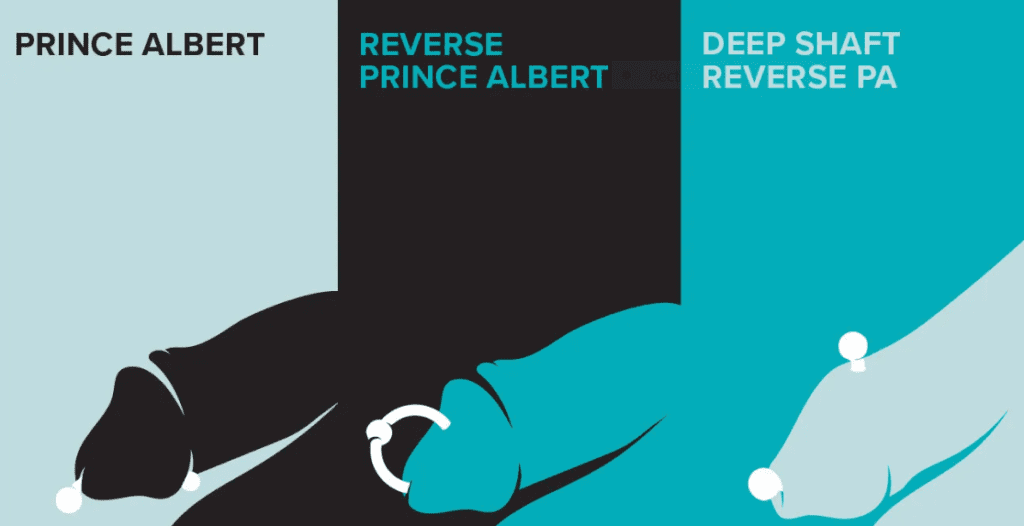Table of Contents
Benefits and Disadvantages
Prince Albert piercings offer a range of benefits that appeal to many individuals. One of the primary advantages is the potential for enhanced sexual pleasure. Many wearers report heightened sensitivity and increased stimulation, which can also positively impact their partners. The piercing can add a unique aesthetic appeal, giving individuals a sense of confidence and distinctiveness. Additionally, some men experience improved urinary flow, which can be a surprising yet beneficial side effect of the piercing.
However, it is crucial to balance these benefits against some notable disadvantages. The initial procedure can be quite painful, accompanied by significant discomfort during the healing phase. As with any body modification, there is a risk of infection, particularly if the piercing is not properly cared for. This underscores the importance of meticulous aftercare, which can be time-consuming and demanding. Another potential complication is the risk of urethral damage, which can have serious implications if not addressed promptly. Furthermore, there is the possibility of migration and rejection, where the body pushes the jewelry out, necessitating its removal.
The healing process for a Prince Albert piercing can be lengthy, often taking several months. During this period, diligent aftercare is essential to prevent complications. This includes regular cleaning with saline solution and avoiding activities that may aggravate the piercing. Given these factors, it is paramount to consult with a professional piercer before making a decision. They can provide valuable insights and assess whether an individual’s health conditions make them a suitable candidate for the piercing.
Ultimately, while a Prince Albert piercing can offer significant benefits, it is essential to weigh these against the potential drawbacks. A well-informed decision, guided by professional advice, can ensure that individuals enjoy the benefits while minimizing the risks associated with this unique form of body modification.
Types of PA Piercings

The Prince Albert (PA) piercing is the most common and recognizable form of genital piercing. This piercing enters through the urethra and exits through the underside of the glans. Known for its relatively straightforward procedure and healing process, the standard PA offers a unique combination of aesthetic appeal and sensory enhancement. The healing period typically ranges from four to six weeks, and it is crucial to follow proper aftercare practices to minimize the risk of infection and ensure optimal healing.
The Reverse Prince Albert (RPA) piercing, while similar in technique, offers a distinct variation. The RPA enters through the urethra like the standard PA but exits through the top of the glans. This alteration changes the sensation and experience for the individual, often providing a different type of stimulation. However, the RPA can have a slightly longer healing time, usually extending to six to eight weeks, and may require more diligent aftercare due to its placement.
Another variation is the Deep Prince Albert, which extends further into the urethra for a more extensive modification. This type of piercing can amplify the sensations experienced during sexual activity but also comes with increased healing time and a higher risk of complications. The healing period for a Deep PA can range from eight to twelve weeks, and it demands rigorous aftercare to prevent infections and ensure proper healing.
The Dolphin piercing is a less common but intriguing option. It involves two piercings along the underside of the penis, creating a unique visual and sensory effect. The Dolphin piercing tends to have a more complex healing process, often taking up to twelve weeks or more, and requires meticulous aftercare to avoid complications.
When choosing the appropriate type of Prince Albert piercing, it is essential to consider individual anatomy, personal preferences, and lifestyle factors. Consulting with a professional piercer is crucial, as they can provide personalized advice and ensure that the chosen piercing type is suitable for the individual. Proper aftercare is indispensable for any Prince Albert piercing to promote healing, prevent infection, and achieve the desired results.
Resource Article : MissBonnie 2024








I love the idea of one but am scared to do it.
I cant say I blame you. I adore the look though
I also love the look and idea but I’m afraid I have a sub that has needles as hard limit.
I think over time I might be ok with trying, But needles otherwise would be off for me. I love the look of them and the things that can be done. I have seen a lead locked through the piercing hole. I would love to have that done to me.